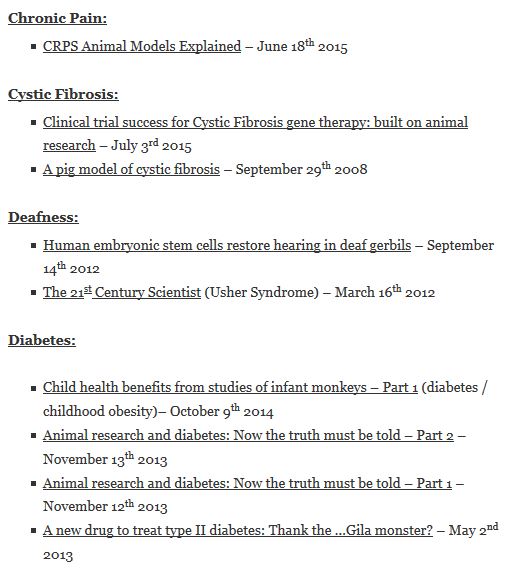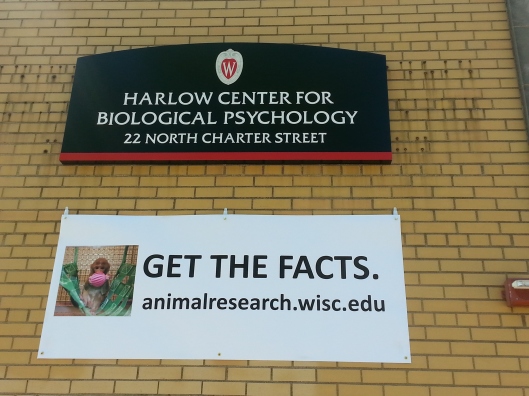This is a incredible resource for both the scientific community and the general public!
Since Speaking of Research was founded in 2008, we have produced over 800 posts, including over 200 posts that report scientific breakthroughs made possible thanks to studies on animals. However, finding information about how specific animals have helped fight specific diseases has not always been easy.
Well fear no more, from Amphibians to Zebrafish, Addiction to Viral respiratory infections,we have produced two new web pages which can help you find out how animal studies are helping improve our understanding and treatment of disease. They can be found in the menu under “Resources”, or via these links below:
So go exploring through posts old and new to find the information interesting to you. It’s a wonderful chance to share our posts on Twitter and Facebook.
 What other new pages and posts would you like to see on Speaking of Research?
What other new pages and posts would you like to see on Speaking of Research?





